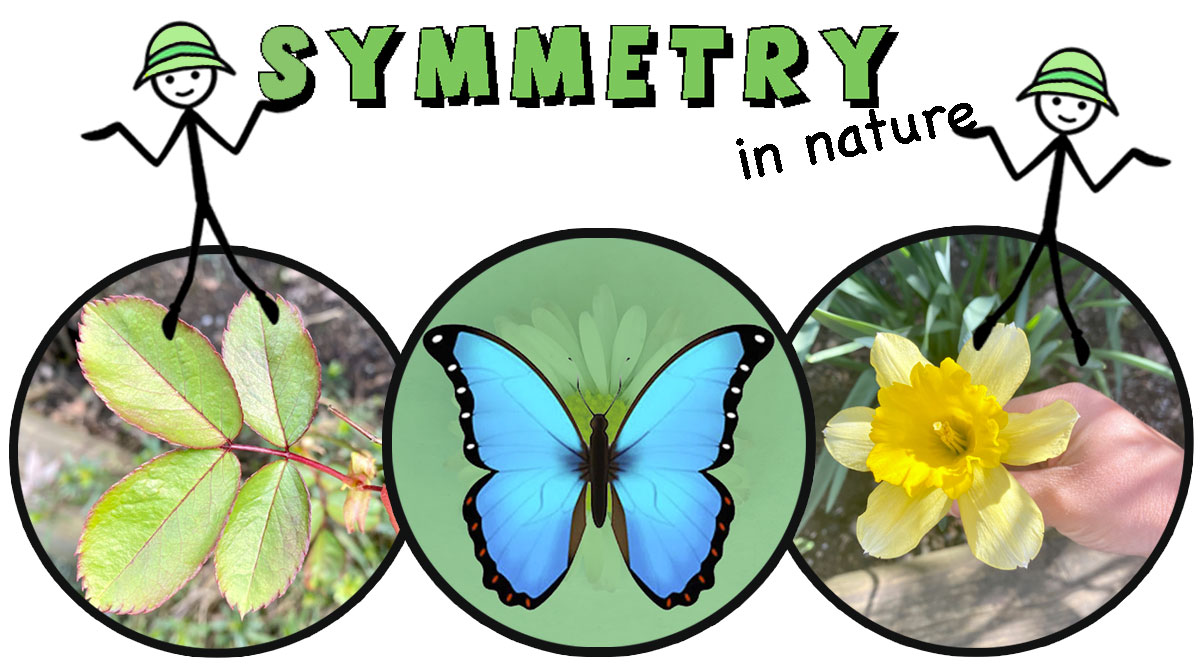Symmetry surrounds us. People, animals, plants, everything on the earth and outside is symmetrical. Symmetry is nature’s artwork that creates harmony and balance.
So why not have a symmetry lesson outside, in nature. Spring and fall are the best seasons for this activity.
Finding symmetrical objects with students while on a forest walk or in even in your back yard can be an interesting learning experience. Objects like leaves, fruits, animals, insects, spiderwebs, flowers and so many more are good examples of symmetrical images.
But first, let’s talk a bit about what is symmetry.
Symmetry
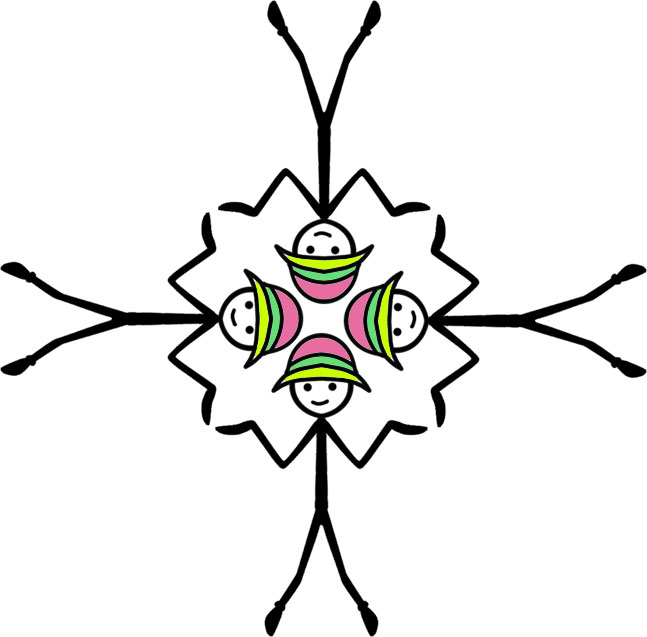
In mathematics, an object or shape is symmetrical when it remains unchanged after we rotate, flip or scale it and when it allows being divided into parts of equal shape and size.
Today we will talk about two types of symmetry.
A shape has Reflectional symmetry or Bilateral symmetry when a line can be drawn to divide the shape into halves so that each half is a reflection of the other.
That line is called the line of symmetry. A shape may have more than one symmetry lines of symmetry. (vertical, horizontal, diagonal)

A shape has Rotational symmetry if when it is rotated around a center point a number of degrees it appears the same. In other words when the shape still looks the same after some rotation of less than one full circle (360 degrees).

Order of Rotational symmetry
Order of Rotational symmetry is the number of times a shape can be rotated around a full circle and still look the same.
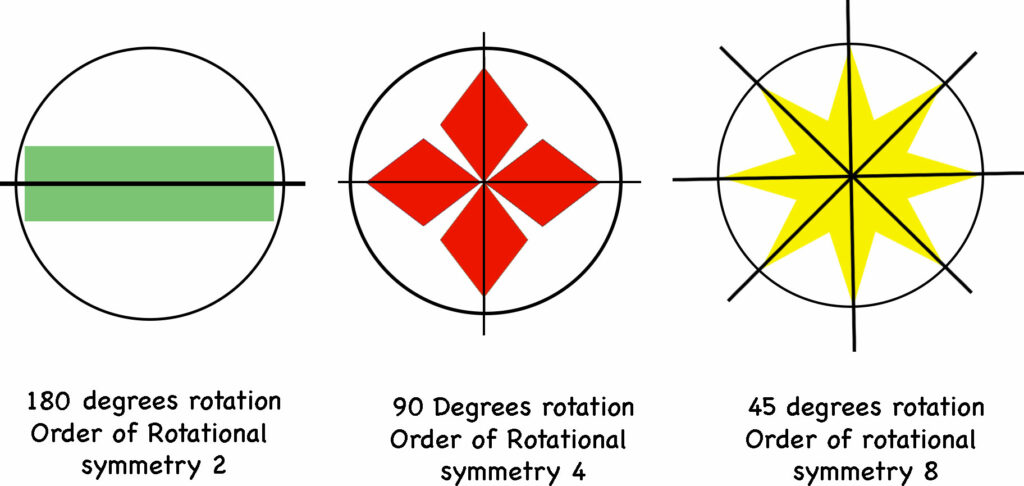
Asymmetry is the absence of symmetry. An object or shape is not symmetrical if it changes with rotation, flipping or scaling and if it’s not possible to divide it into parts of equal shape and size.

A good way to see if a shape has Reflection or Bilateral symmetry is to use a mirror. Put the mirror where you think the line of symmetry should be and see if your shape still looks the same. It is also a cool way to see how the shape or image would look if it was symmetrical.
Let’s go outside.
After learning a bit about symmetry you can go for a walk in the forest or an exhibition in your backyard and collect or take pictures of symmetrical objects. Collect some asymmetrical objects too. It will be fun to use a mirror and see how they would look if they were symmetrical.
Objects you might find to collect or take a photo of.
Leaves, twigs, stones, flowers, insects, spider webs, shells, fruits, tree stamps, snails, stems, birds, animals.
You can print out the photos and draw the lines of symmetry on them or work on them using an iPad or a computer. There are many applications that allow you to digitally draw on photos.
Activities:
- Separate the objects into symmetrical and asymmetrical.
- Categorize your objects or photos based on lines of symmetry.
- Do you have a group that has rotational symmetry? Can you find the Order of Rotational symmetry?
- Create a symmetrical art with your treasures. Take a photo.
A cool activity is to create blueprints of your art using sun-sensitive paper. Unfortunately, with the lockdown and with Amazon not delivering non-essential products we could not get any. I have used it before and it is an amazing product to use at school and at home. We will be saving this experiment for when things get better and everyone is out having fun with classmates, teachers, friends, and family. I cannot wait!
For now, we have a few more options for creating beautiful symmetrical art:
- Trace the objects and color them in.
- Paint them and press-print them on paper.
- Press-print leaves and flowers on clay.
- Try stamping with leaves. No paint needed. Lay the leaf vein side down on the paper. Place a paper towel over the leaf, and pound with a hammer (or a stone for kids) until you can see the color and shape of the leaf come through the paper towel. It will take some time to hit every part of the leaf. Carefully remove the towel and leaf to reveal the print.
Here is our collection.
Asymmetrical objects
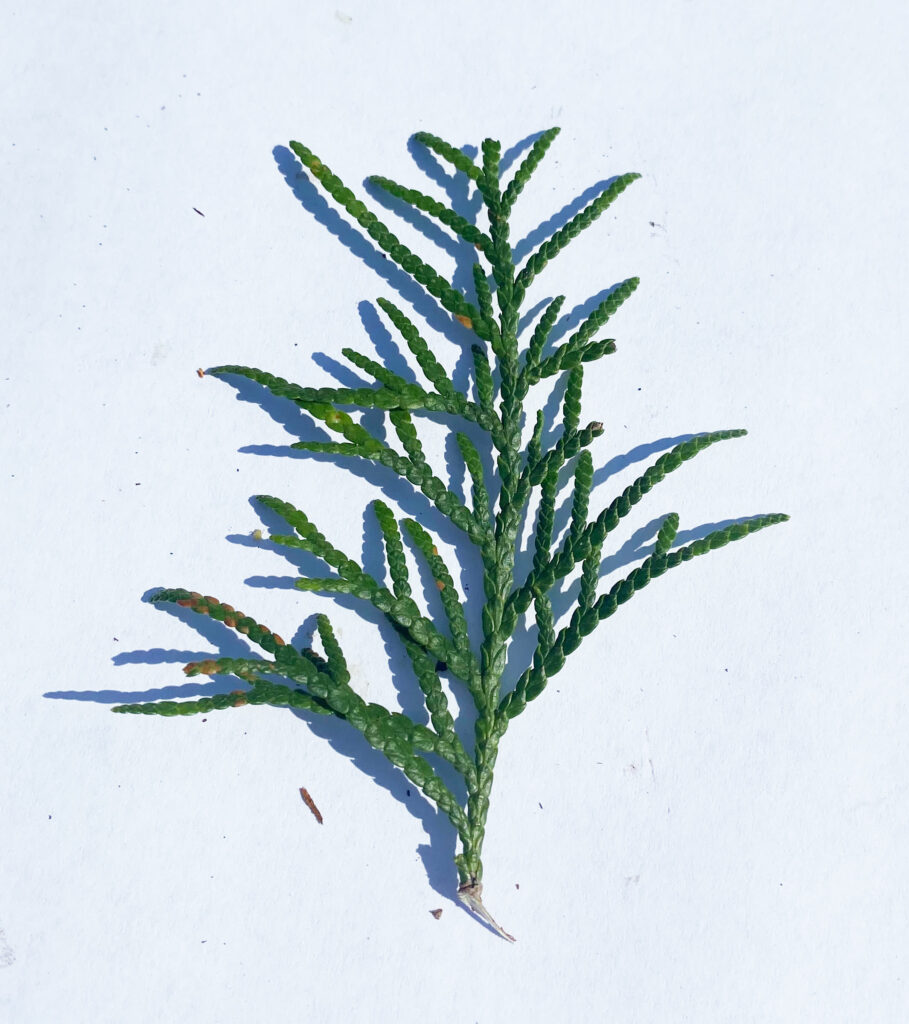
Even though this branch was not symmetrical, the little parts of its stems were symmetrical.

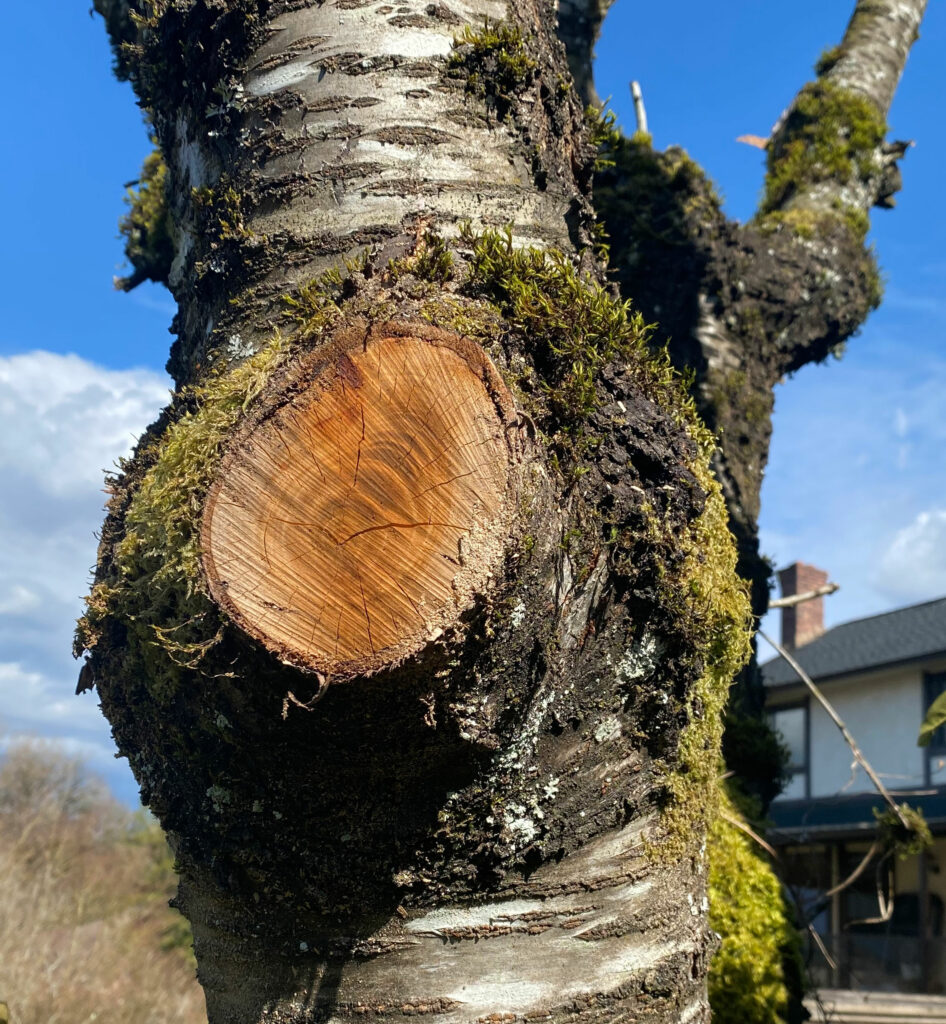
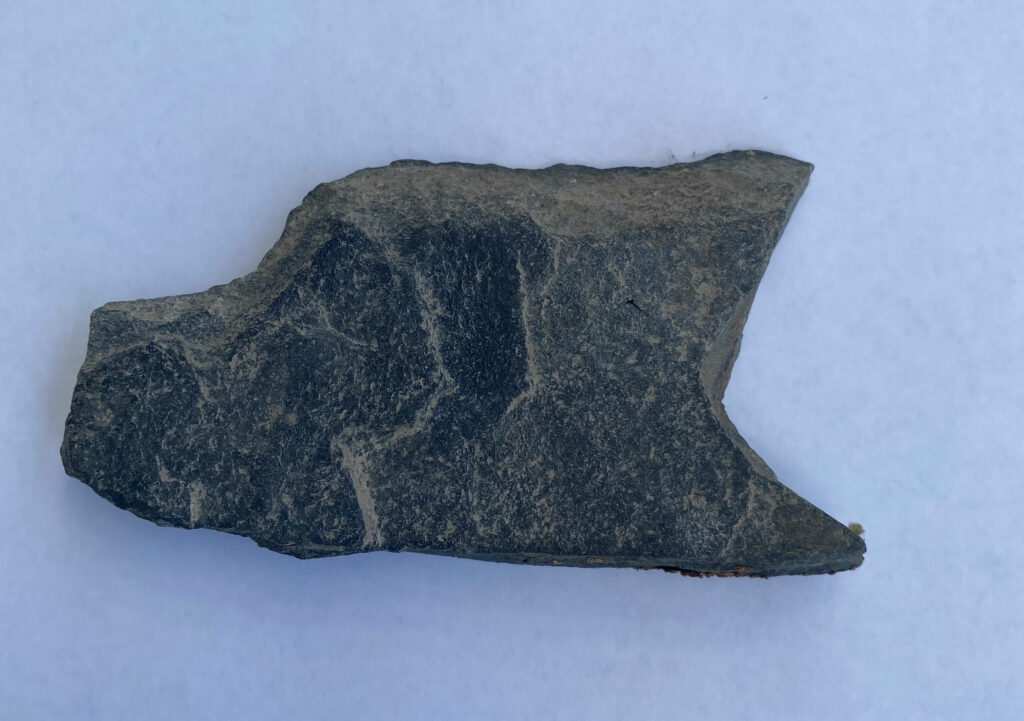

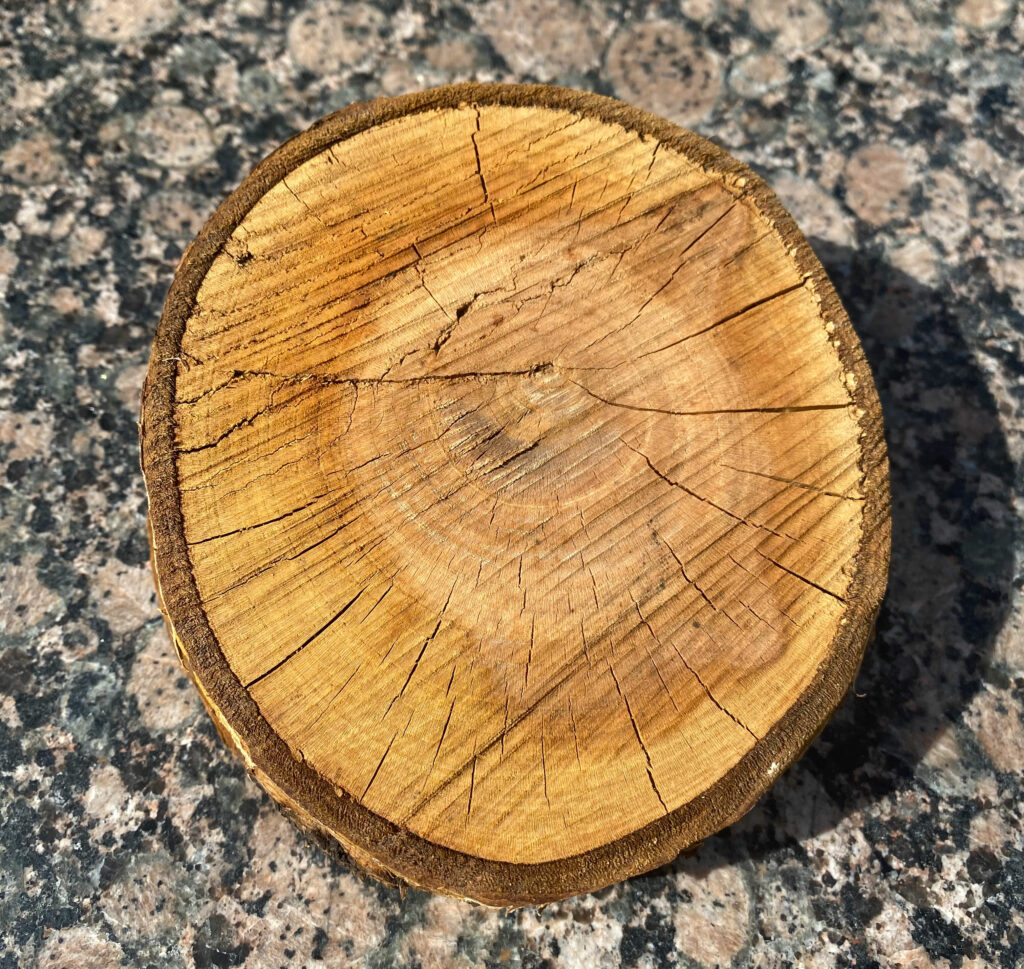
Symmetrical
Reflectional or Bilateral Symmetry
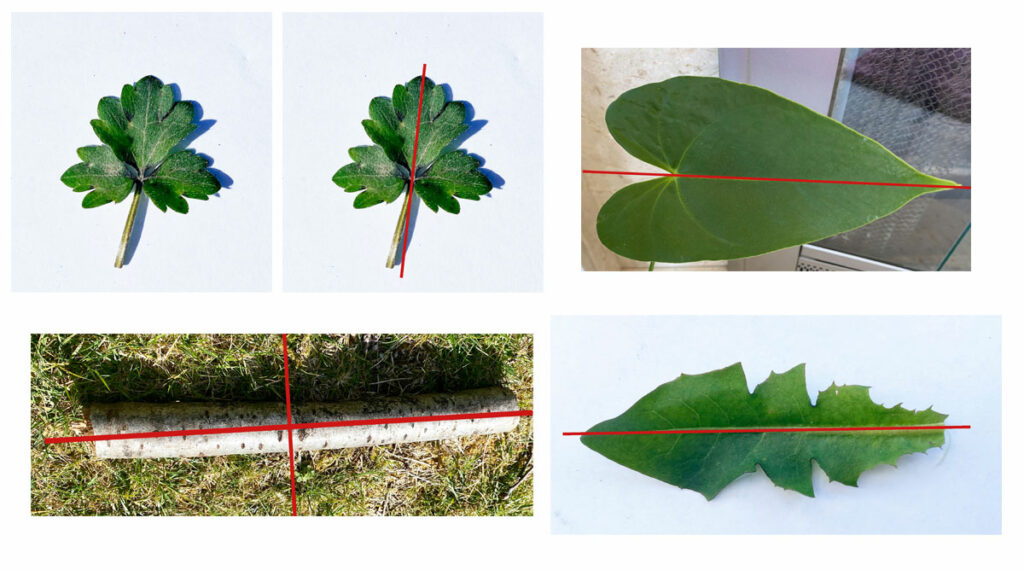


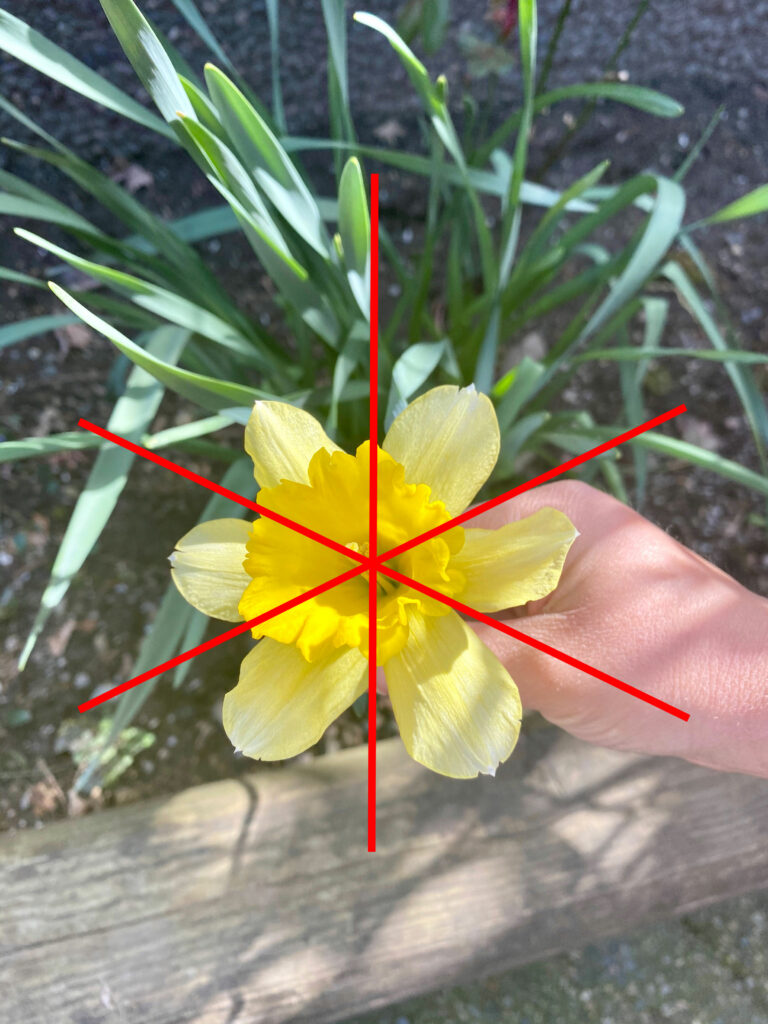
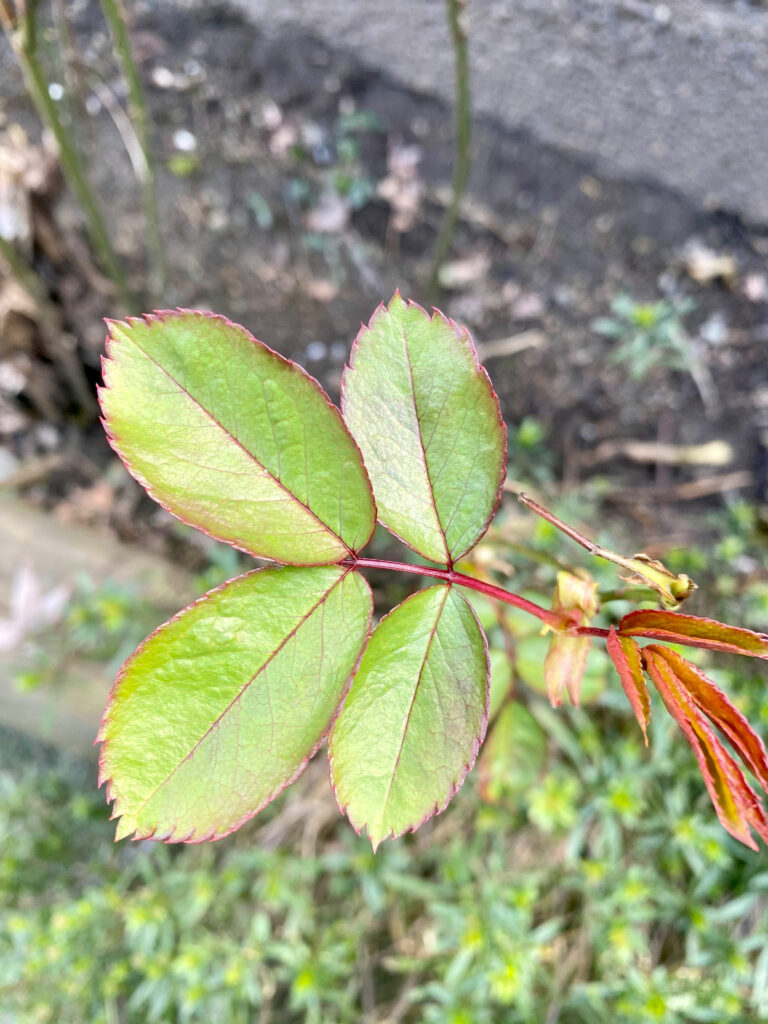
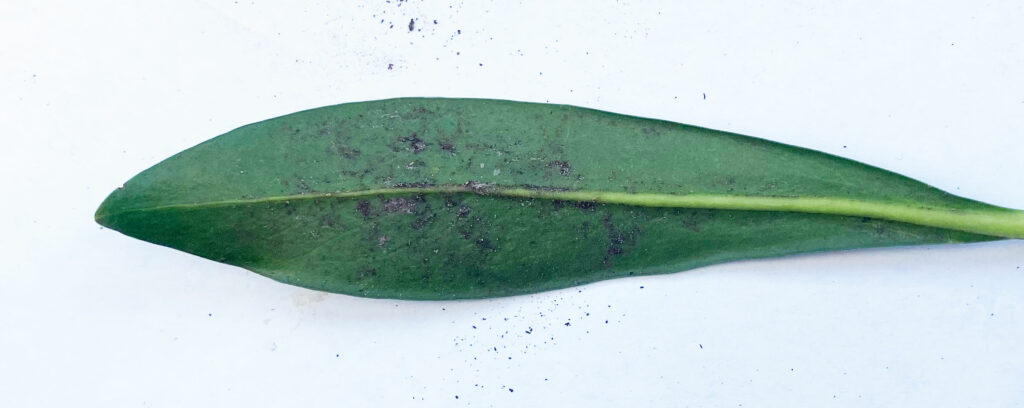
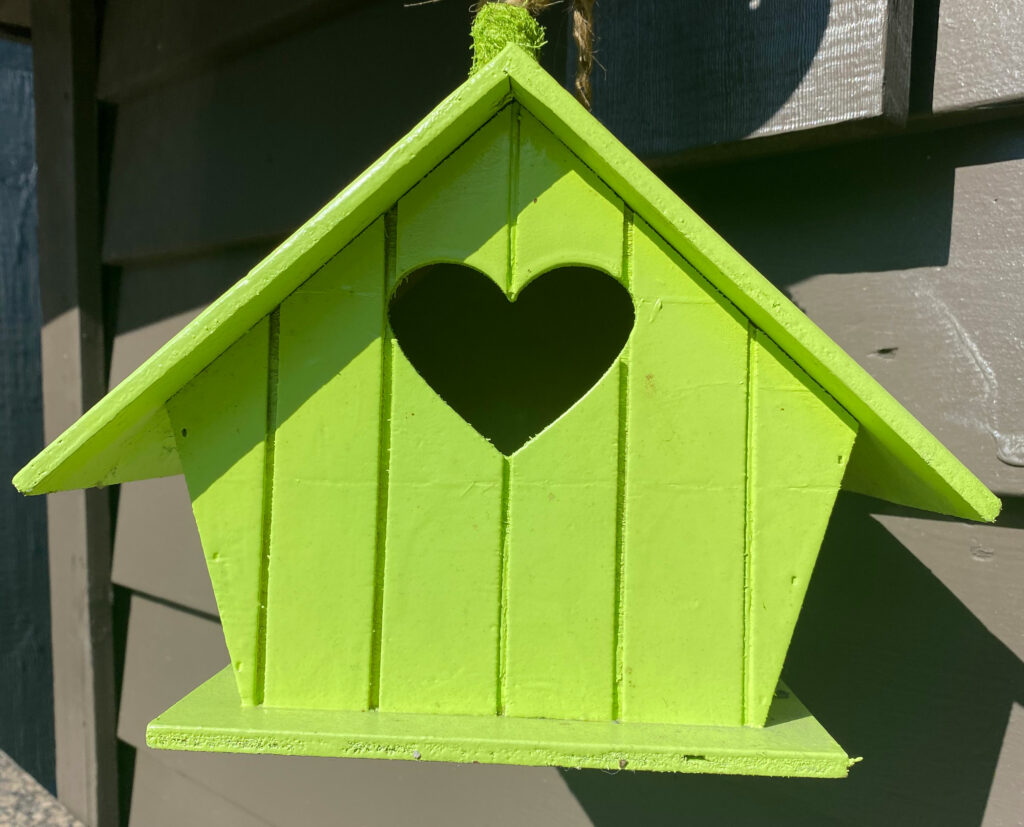
Not exactly nature but according to the kids, “very very symmetrical “:)
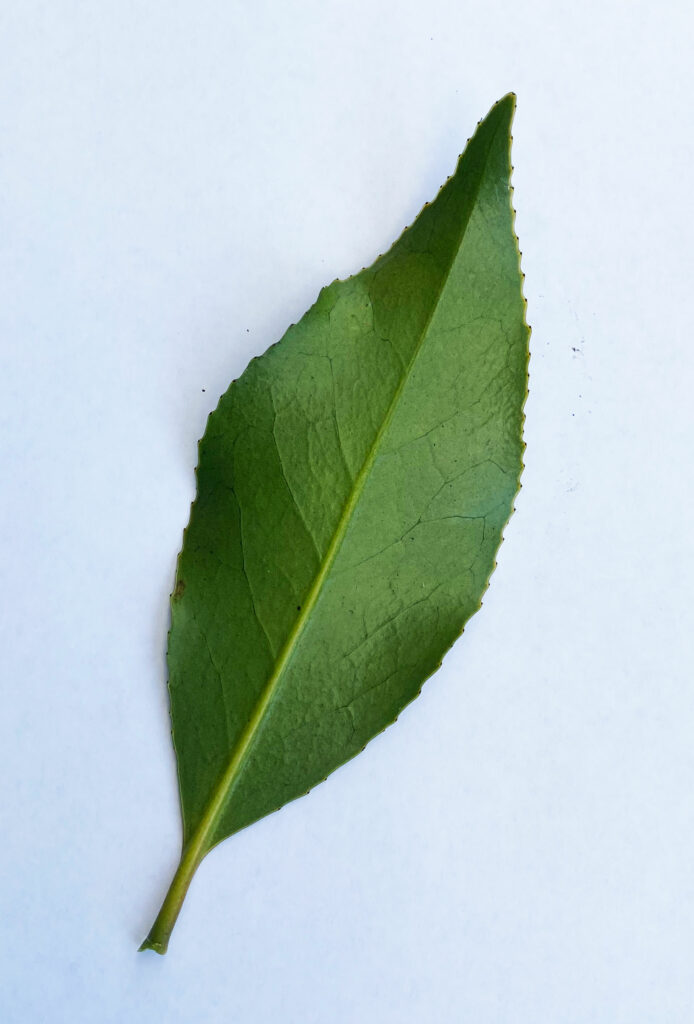
Rotational Symmetry

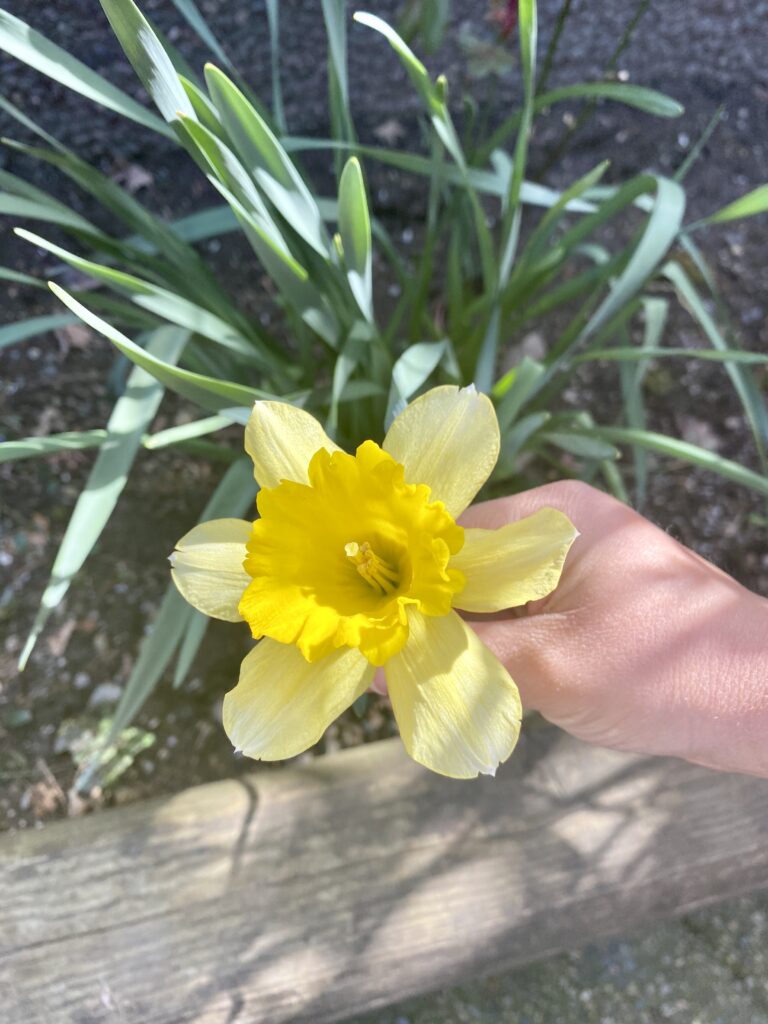
This flower has 60 degrees rotation and order of Rotational symmetry 6.
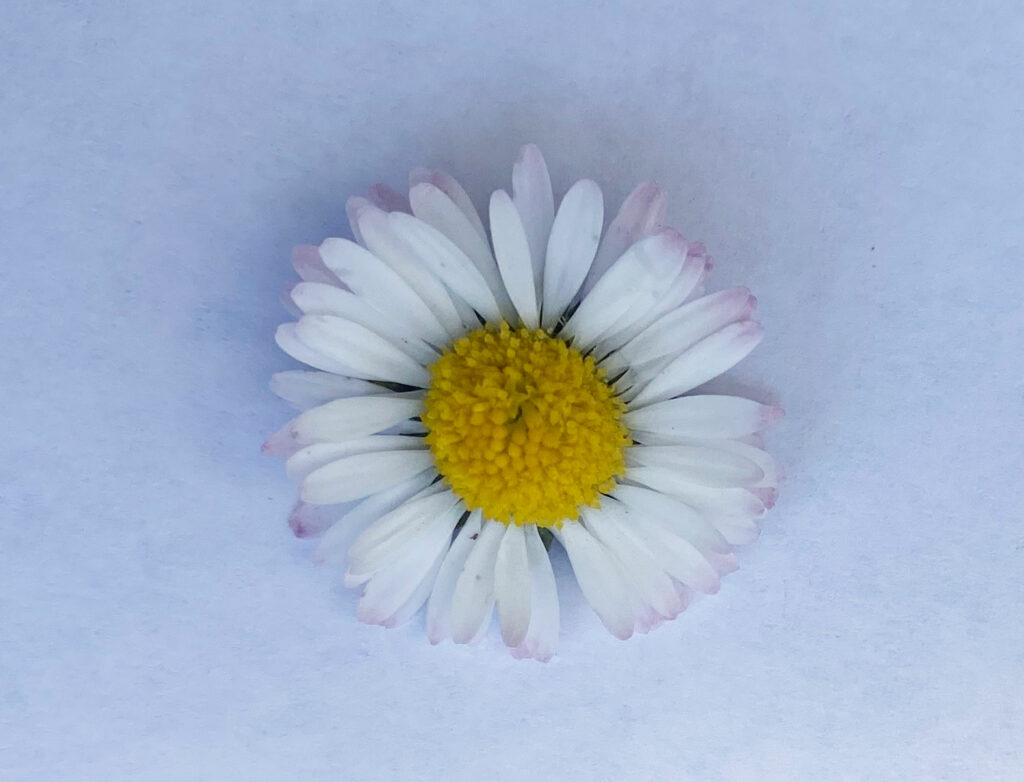

Well, this one seems to have rotational symmetry but the petals were a bit folded so it was hard to tell.
Our art
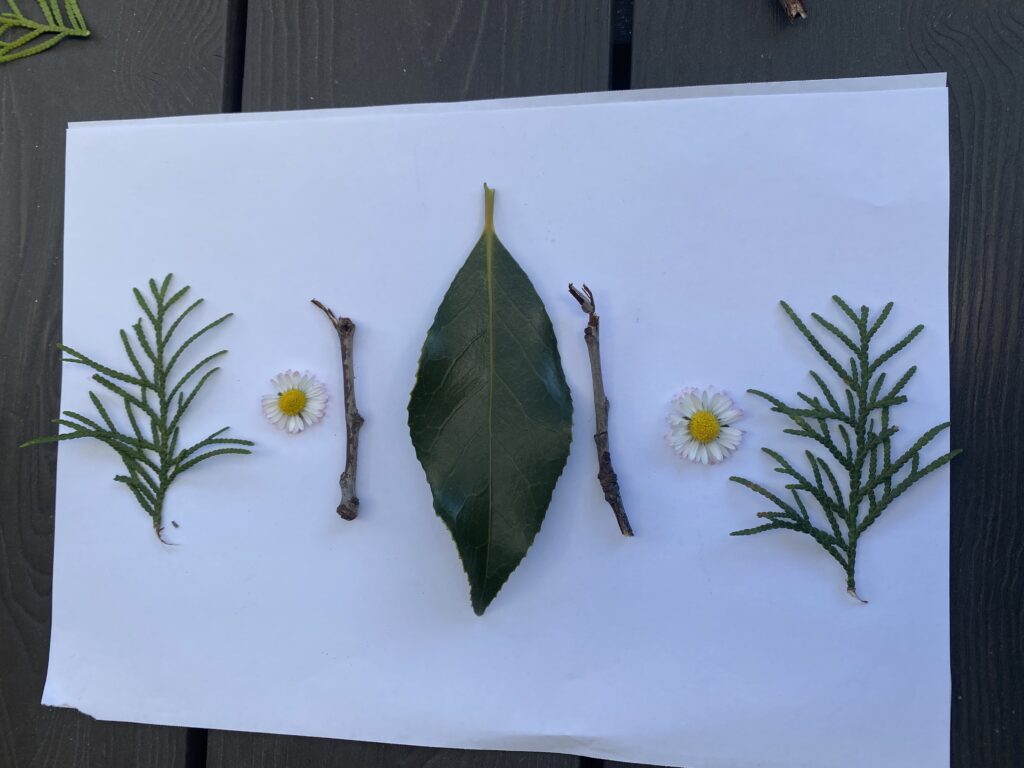
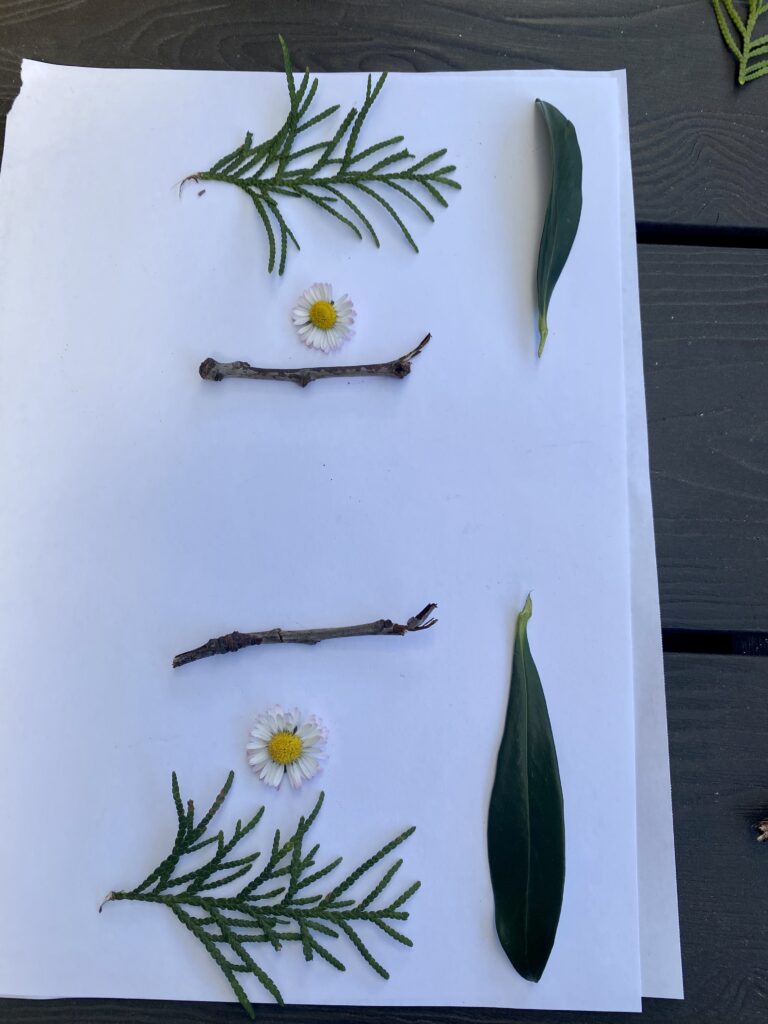
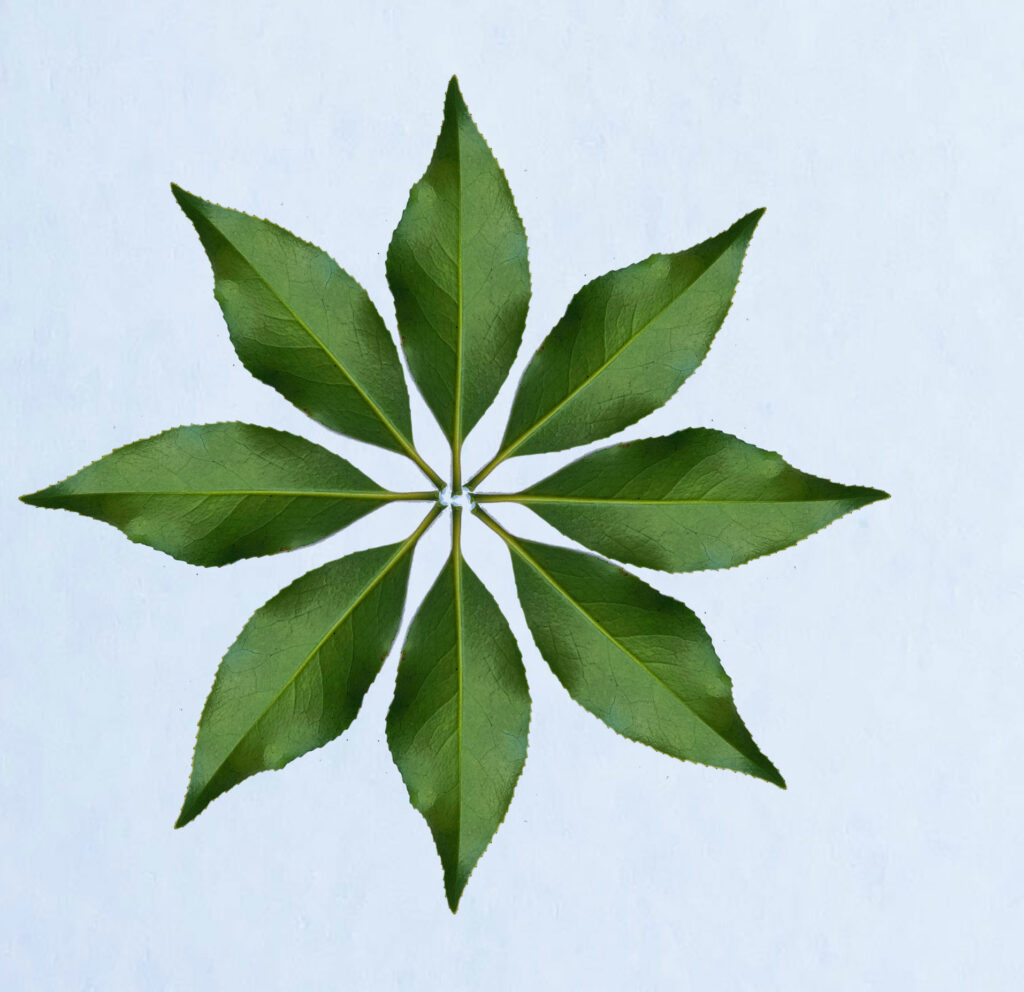
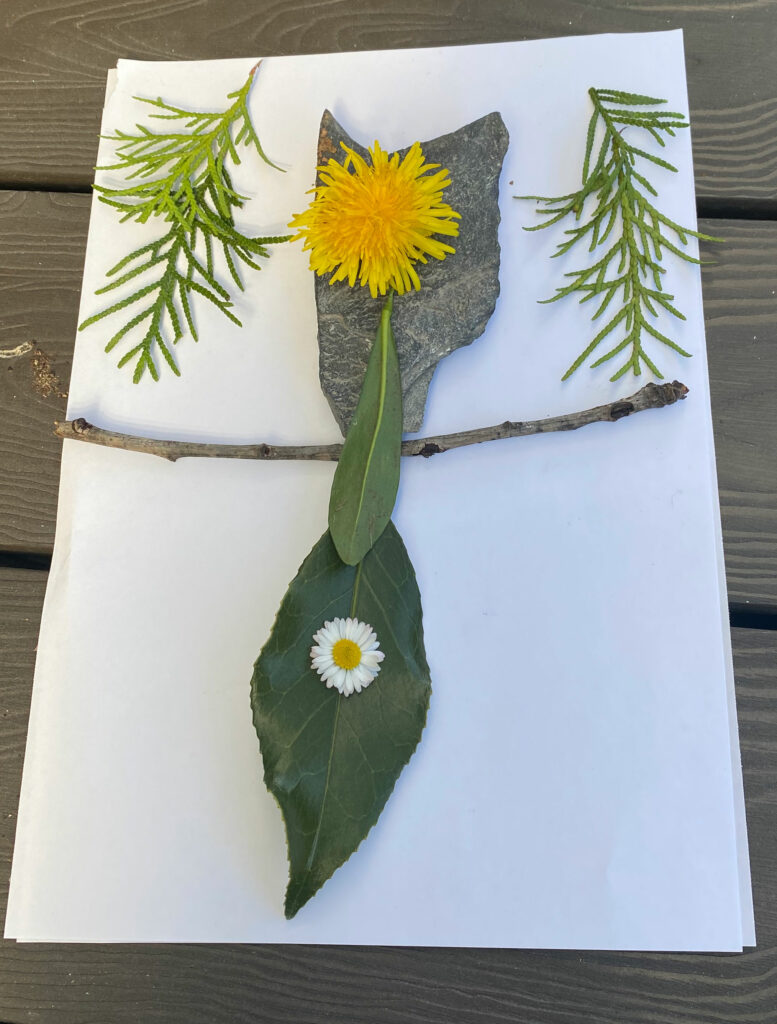


If you are teaching remotely getting outside with your students is not an option, however you can always ask the students to collect objects from nature and show them during a zoom meeting. They can show their samples of asymmetrical objects, the ones with rotational symmetry and so on. They can take photos of their findings if they can not bring them with them. They can take turns asking their classmates about their objects or have group discussions. You can assign a project to each group for which they need to find a number of objects from each category. They will put their findings together to complete the project.
Here is a worksheet to practice symmetry.
Thanks for visiting!
Please like and subscribe for more giveaways and updates.

